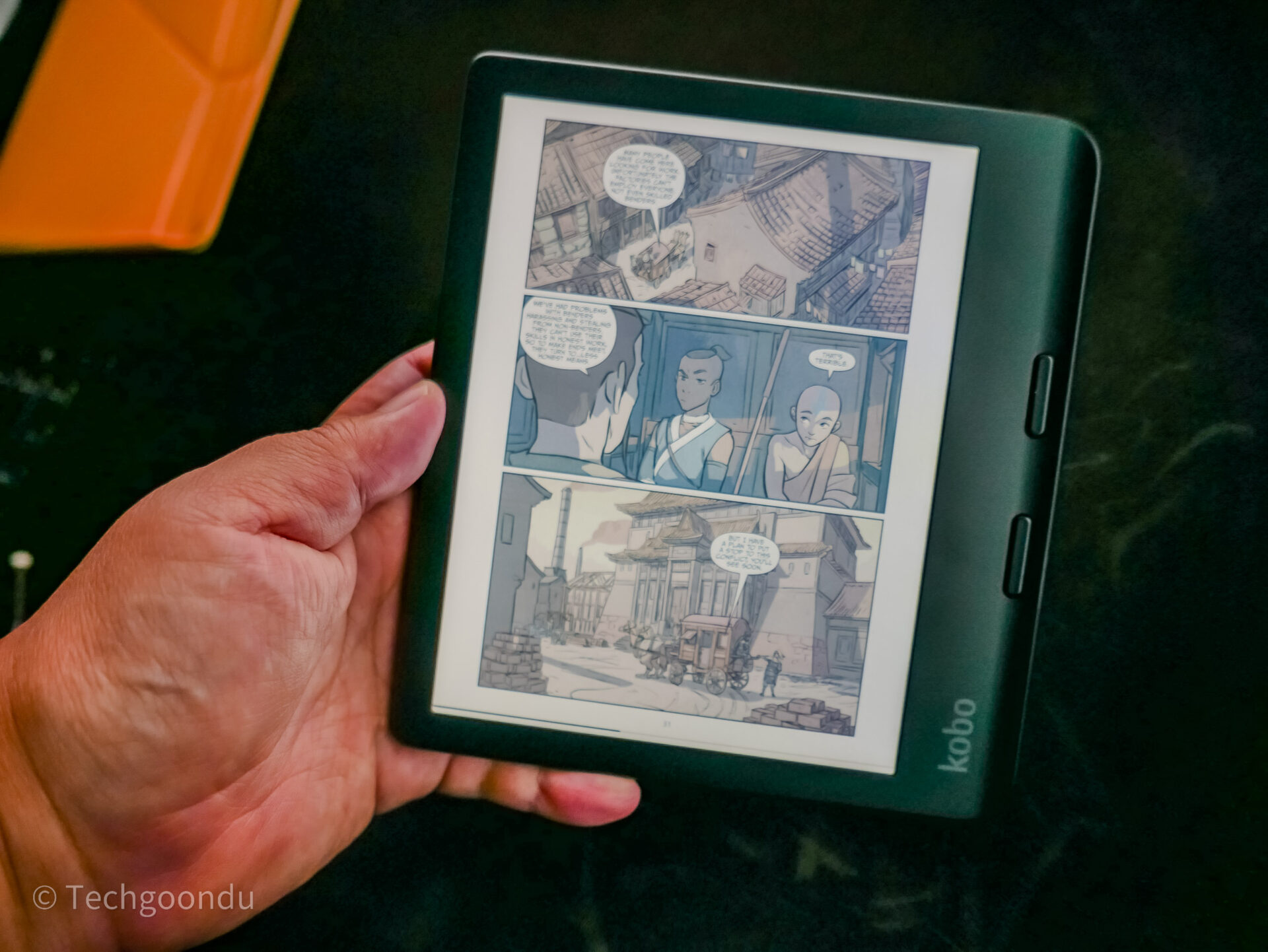
It was a matter of time before the much-loved Kobo e-readers got colour screens and so it’s happened now with the mid-priced Kobo Libra Colour and the more affordable Kobo Clara Colour.
For many first-time e-reader users, these colour versions will immediately look more attractive, as a sort of eye-friendly alternative to full-fledged Android tablets or Apple iPads.
For those already using an e-reader, whether another Kobo or an Amazon Kindle, these new additions will be tempting upgrades to an already familiar experience.
Featuring a 7-inch screen, the S$329.90 Kobo Libra Colour is the high-end colour device now for Rakuten’s Kobo range.
Like the Kobo Libra before, it is larger than the entry-level Clara range and features two buttons on the right for moving between the pages of a book.
The proven design means the new e-reader is great to hold in one hand, though the 199.5g device is slightly heavier than the smaller 174g Clara Colour, which sports a 6-inch screen.
Most importantly, both these new Kobo colour e-readers use an E Ink Kaleido 3 touchscreen that mimicks the look of paper and aren’t as glaring as a typical tablet screen.
That’s one reason I bought two Clara e-readers for my kids, helping them to get started on a reading habit while trying to manage the screen time they have.
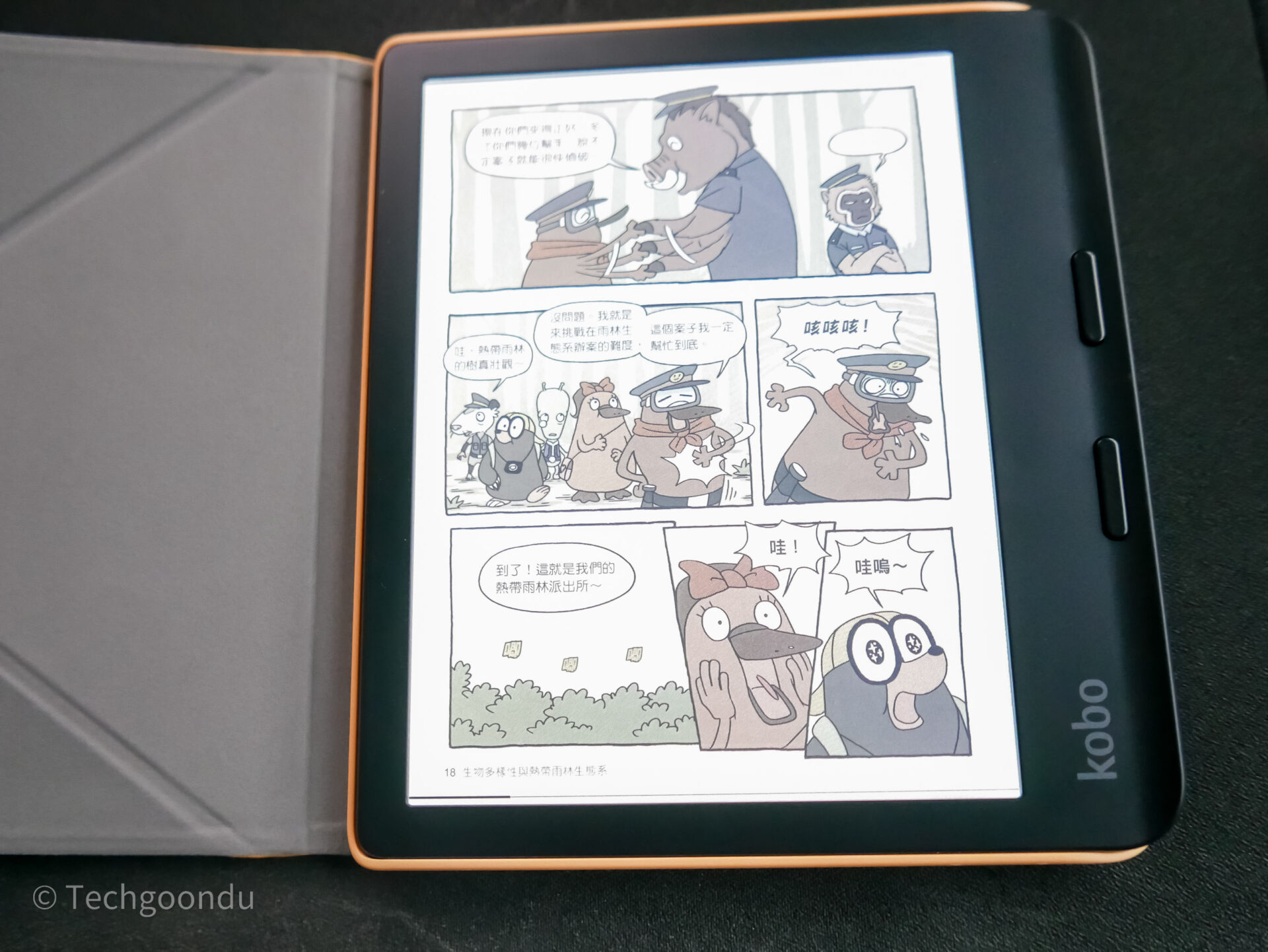
Another big plus, especially for Singapore users, is the the ability for Kobo e-readers to connect to the national library catalogue via the Overdrive service.
This advantage over the Amazon Kindle was a big reason I went for Kobo instead. With their own library accounts, the kids can easily browse and borrow books instead of making me buy all the books they want to read!
The new Kobo Libra Colour will be a nice step up for many existing users. For children and young adults, the introduction of colour is a big plus, especially for content such as children’s books and graphic novels.
I’ve seen comics on the older Clara e-reader, in grey, and the experience is probably not what the authors and artists intended.
The good news is that the e-ink used in the new Kobo e-readers is still relatively subtle in terms of colour and brightness, which means you get a more emotive experience without straining your eyes after hours of reading.
The Kobo Libra Colour is also pretty sharp, with a 1,264 x 1,680 screen that shows 150PPI (pixels per inch) in colour and 300PPI for black-and-white content.
Having seen the entry-level Clara e-readers, I’m also happy that the upgraded Kobo Libra Colour sports a zippier touch interface that will appeal especially to a young “touchscreen” generation.
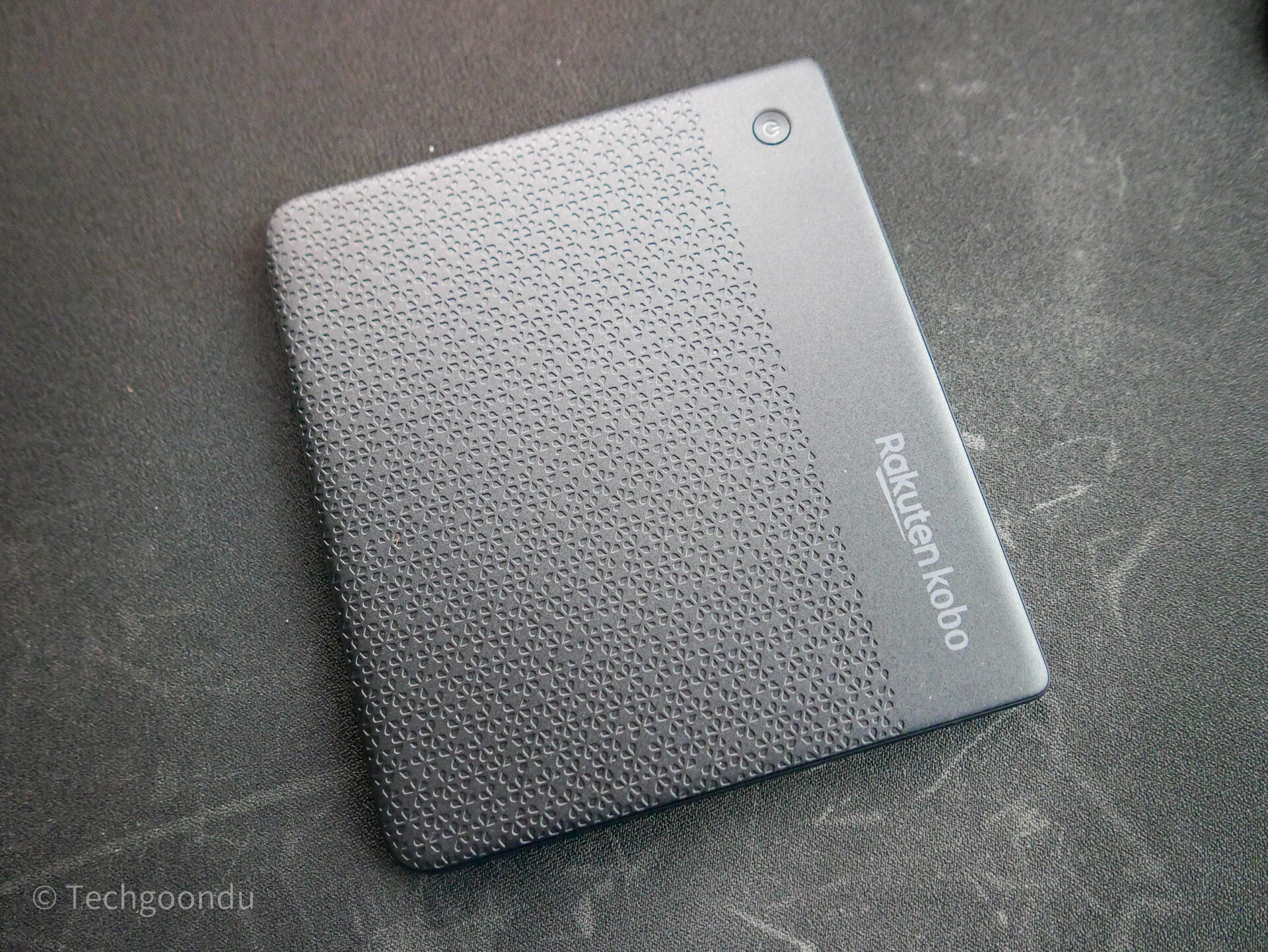
A 2GHz CPU helps with the seemingly more responsive touchscreen for a more interactive experience. On the older models, you can get a little frustrated if you are not used to waiting a second or so for the screen to update.
On the Kobo Libra Colour, you double-tap on a panel on a graphic novel, for example, to zoom in quickly. To zoom out, do the same. This improved experience is possible with a more responsive e-reader.
The 32GB storage onboard the Kobo Libra Colour also holds a ridiculous 24,000 books, according to Rakuten. If you have that many in your collection, finding the right one might be the bigger challenge.
Notably, the Kobo Libra Colour supports a separately sold Kobo Stylus 2 (S$99.90), so you can annotate and add notes to what you’re reading. With a colour screen, these notes can be in colour as well.
You’ll have to find a way to avoid losing this stylus, though. Yes, you can stick it on the cover with a magnetic Kobo SleepCover (S$59.90) but it appears less secure than I like.
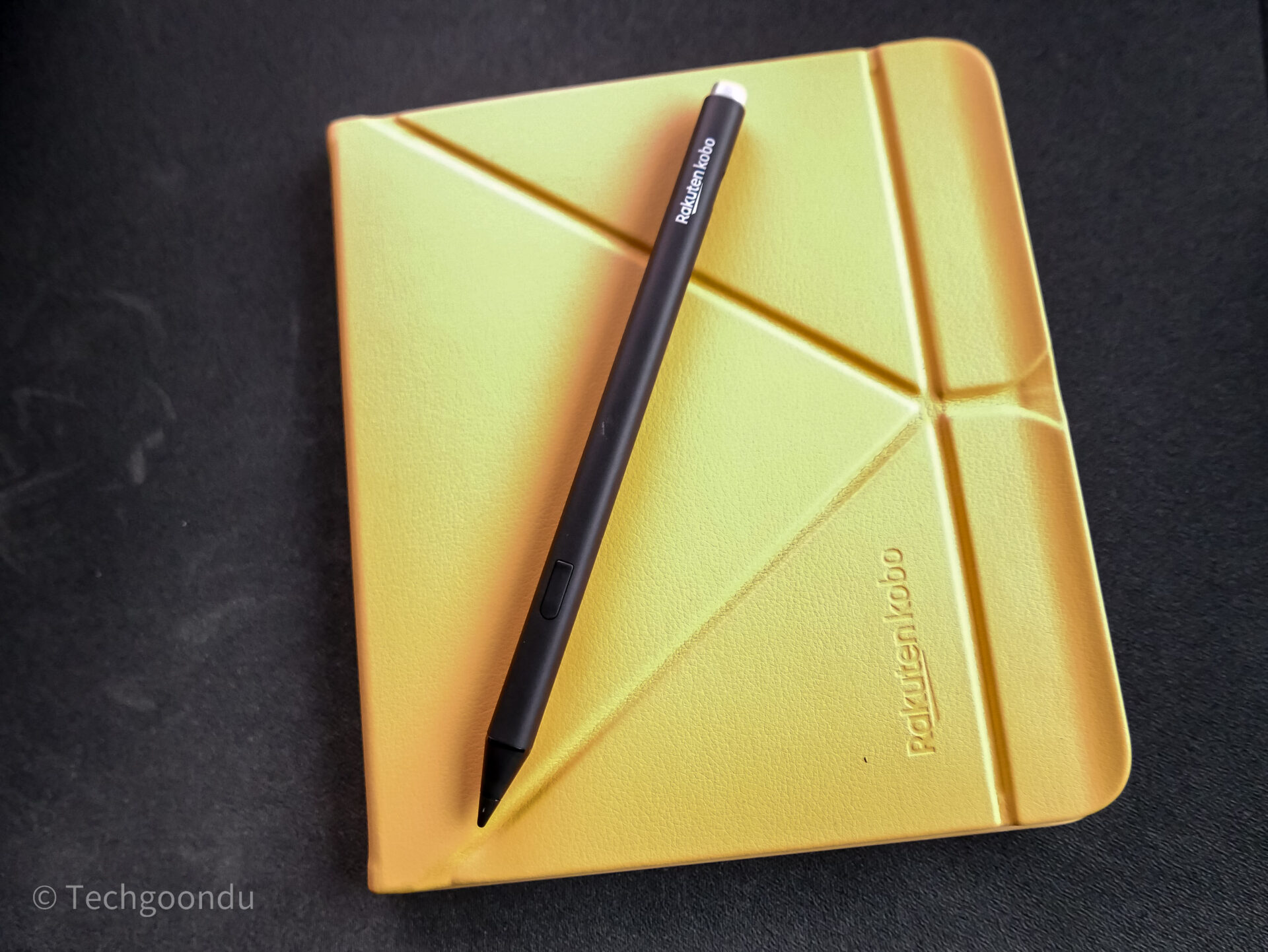
Among the other handy features on the new e-reader is the its IPX8 rating. This means you can bring it to the poolside and have a leisurely read – preferably in the shade, because the screen isn’t bright like a tablet or phone on a sunny tropical afternoon – and not worry about water splashing.
To be sure, not everything is perfect with the screen. If you’re used to reading in black and white on an e-reader, you might argue that the traditional ones offer a bit more contrast and crisper text, especially in the more high-end models.
To me, it’s likely a small difference, one that is probably not visible to most users who decide to go for a colour screen.
The bigger question, of course, is whether you should. After all, if you’re reading mostly books with just text on them, you’re not benefitting much from colour, except for a colourful book cover.
The difference, of course, is clearer, when you read not just graphic novels but also magazines or newspapers on the e-readers. In such media, colour does make a difference.
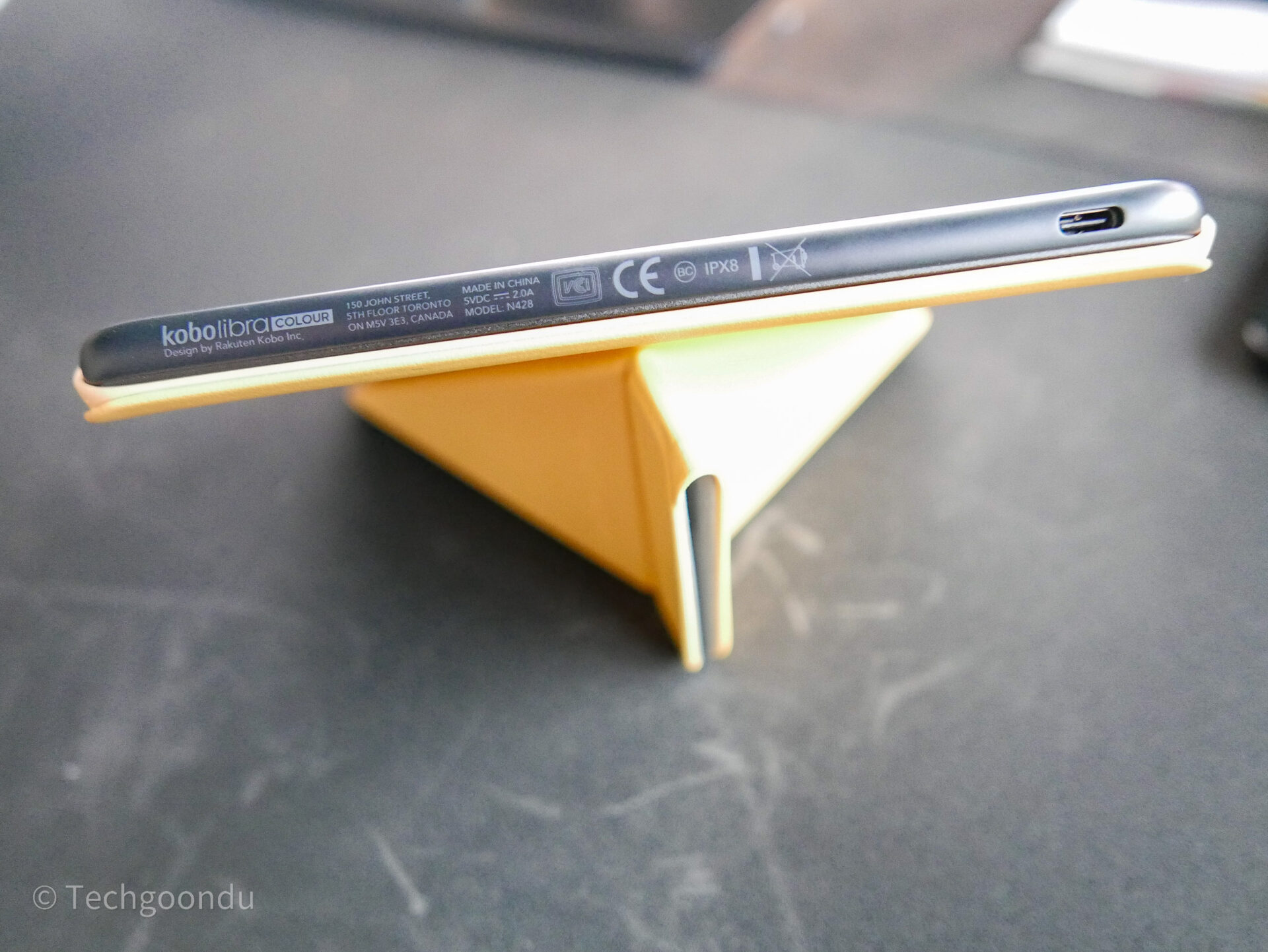
To nudge you towards the new colour models, Rakuten is pricing them just slightly more than the original black-and-white ones.
The S$329.90 Kobo Libra Colour is only S$30 more than the older Kobo Libra 2. And the Kobo Clara Colour costs S$229.90, also S$30 more than the new Kobo Clara BW.
At that price difference, it’s hard to argue against the colour option for most potential buyers. Especially for children and first-time readers, the Kobo Clara Colour will be a welcome device.
For folks who are more experienced with e-readers and want to explore different content, such as magazines or graphic novels, the colour models will also appeal.
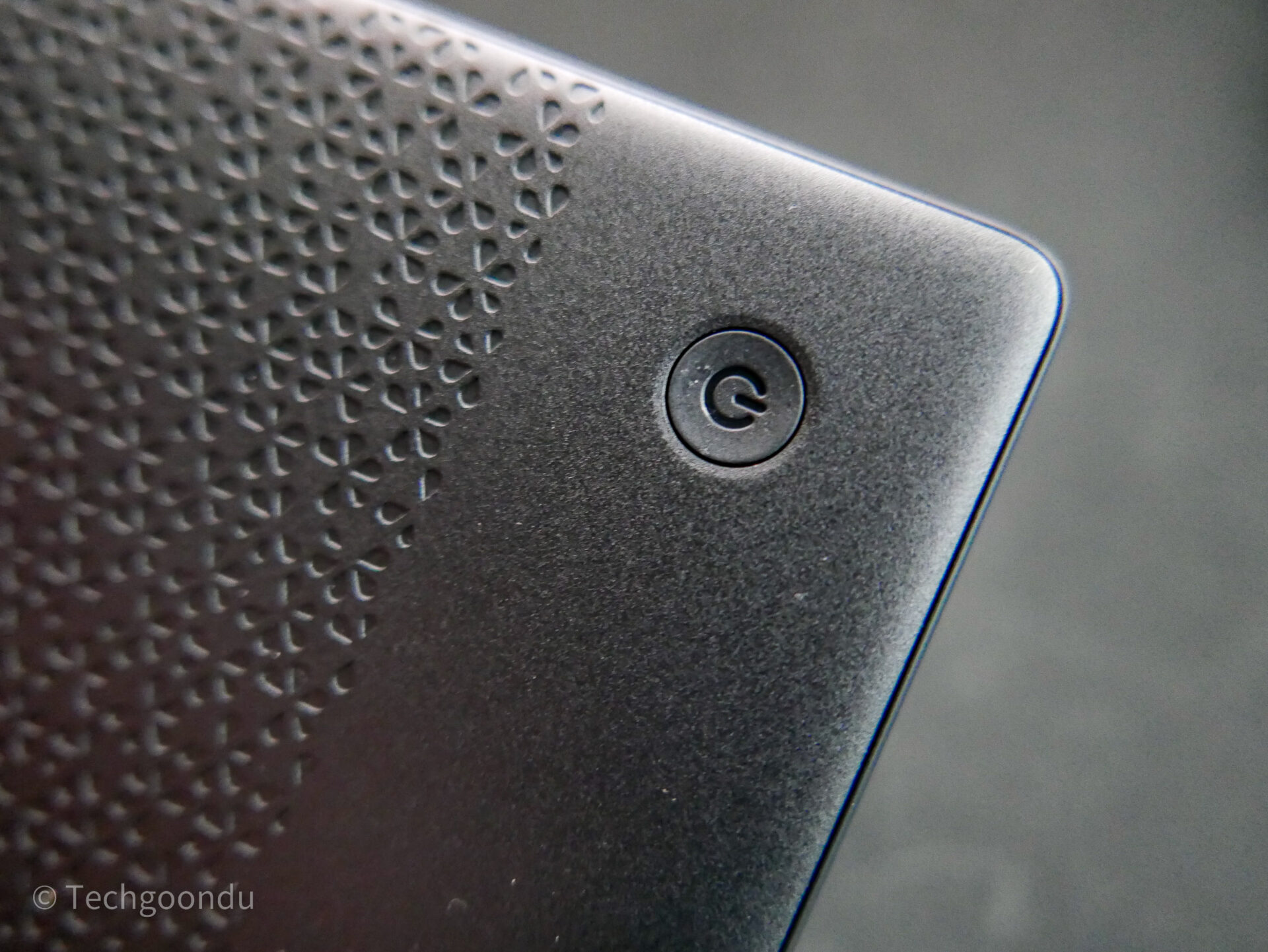
The thing to note is the cost of the accessories. For the Kobo Libra Colour, for example, the the SleepCover will set you back a good S$59.90. I don’t think you’d need the stylus but that costs another S$99.90, if you’re interested.
All said, the Kobo Libra Colour is an attractive update to the Rakuten line of e-readers. Colour could attract new audiences, particularly young readers, to get on the habit of reading on a lightweight e-reader instead of their tablets and phones.
And for a mid-priced model, the Kobo Libra Colour will be an attractive upgrade for existing e-reader users.







I bought one and returned it next day. The screen is too small for graphic novels.